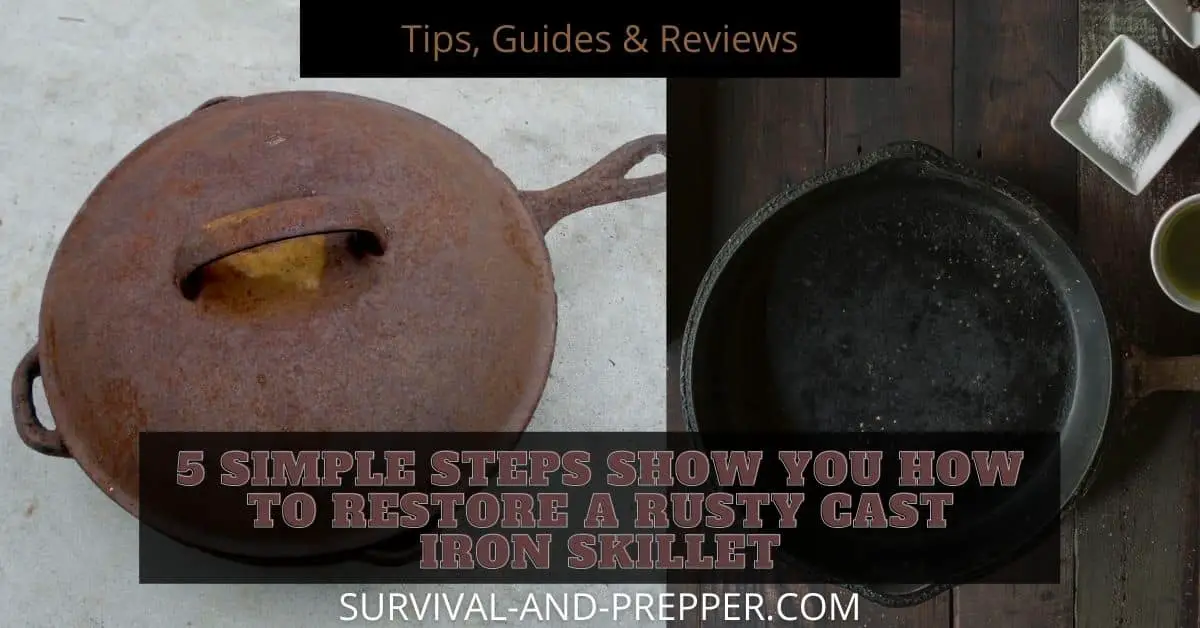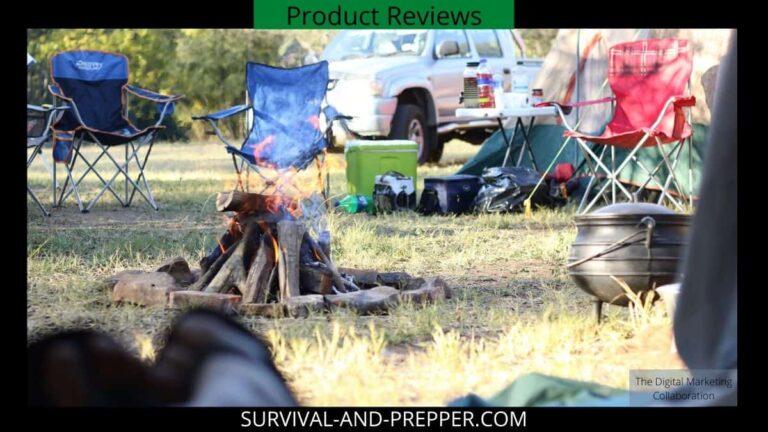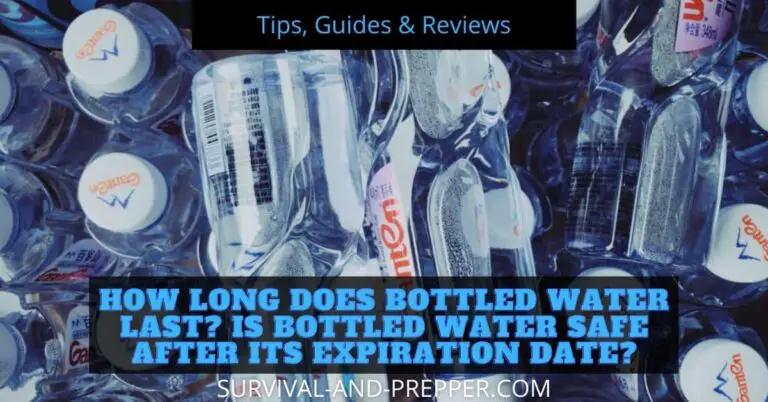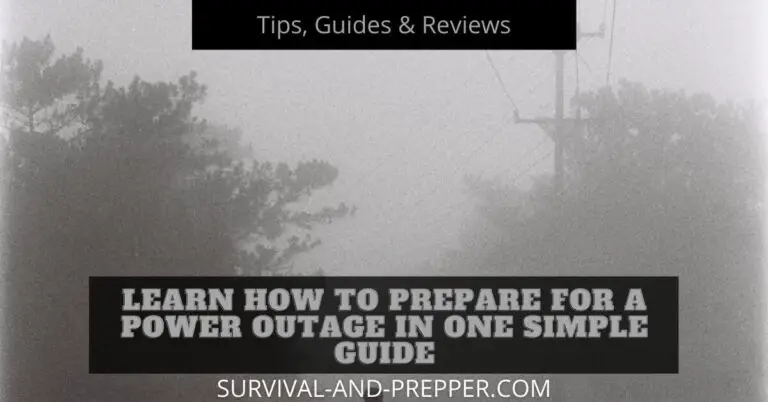5 Simple Steps Show You How to Restore a Rusty Cast Iron Skillet
Cast Iron A Southern Tradition and a Mainstay of Pioneers
While in ages past cast iron cookware could be found in nearly every kitchen in all parts of the country, they always seemed to hold a special place in southern kitchens and pioneer cooking.
Sadly though, it seems in today’s time that the traditional cast iron skillet has been relegated to that strange drawer under the stove. I think this often stems from modern reliance on non-stick cooking pans and the ease of dishwashers.
Nearly everyone who has encountered a cast iron skillet is aware of how easily they can rust if they are not properly cared for and so they simply choose to avoid their use. That is until they are conversing over a family meal and the homemade cornbread of their youth comes up in the conversation.
Learn Where to Get the Insanely Large Maca Dutch Oven
It is then that they remember their grandmother telling them that the crispness came from the cast iron pan it was cooked in. Based on this they decide it is time to make some of their own, they dig their grandmothers cast iron skillet out from under the stove and discover that despite being put away dry the skillet has now rusted.
It is at this time that they try to remember what they were told about How to Restore a Rusty Cast Iron Skillet.
Restoring a rusty cast iron skillet is not a difficult task. It can be accomplished by completing the following 5 steps. Remove the rust, wash the skillet, completely dry it, apply cooking oil to the entire pan and last heat it in the oven for around an hour. These simple steps will restore your cast iron pan to its original condition.
The 5 Steps for Properly Restoring a Cast Iron Pan
“Profile Rust”, textured rust you can feel, most often occurs when the skillet or cast iron cookware is exposed to moisture. This can come from the air or direct contact with water. In extreme cases, profile rust can be fairly thick and cover the majority of the surface. This rust means it is time to restore your cast iron.
A rusty cast iron skillet can be restored from nearly any condition to a fully functioning utensil with a little bit of work. This is accomplished by performing five relatively simple steps. Well the first step may require some elbow grease the rest are simple.
- Remove the Rust
Most light rust can be removed with a steel wool pad. For this you can use either copper wool or the SOS pads that come with soap already on them.
Scour the rusted areas until all you see is raw cast iron. This should be dark black in color with little to no shine.
If you are dealing with an extreme case of rust then you have a few more options. The simplest would be to have the pan sand blasted at a local machine shop.
However, I understand that is not always an option. The method I normally use is to use a wire brush on a drill. This allows me to clean up all the metal and get down into the lip of the skillet with ease. I have also heard of people who use a fine grit wet/dry sandpaper to accomplish the same task.
Either way keep in mind that a cast iron skillet is extremely thick metal and you are unlikely to hurt it with either of these methods.
- Wash Any Debris Away
This step is critical when removing rust. After the rust removal process is completed there is likely to be small pieces of rust, and other metal or sand depending on the method you used.
I suggest for this part that you use hot water and a dish liquid that can cut grease such as dawn or one of the others. Place the skillet in the hot water and allow it to heat up slightly, this will help anything begin to separate from the pan.
Using a bristle brush, scrub the pan vigorously for several minutes. During this make sure to get the handle, cooking surface and bottom of the pan. You want to make sure you have removed any remaining oil and debris that may have remained on the skillet.
- Thoroughly Dry the Skillet
Due to its composition cast iron will rust in just a few days if not dried properly. Make certain that you have dried your pan completely with a clean towel before beginning the next step. I do not recommend trying to use paper towels for this though.
The cast iron even when properly cleaned is rougher than nearly all modern non-stick items and this surface texture will cause the paper towels to be shredded up contaminating your pan with small pieces of the paper.
- Coat Pan and Handle with Oil
Properly coating the pan is a step that may seem strange. But is absolutely crucial for the life of your pan. This coating of oil is what will not only keep the pan from rusting in the future, but will also convey a bit of a non-stick property to the pan as long as it is maintained.
Select nearly any type of oil you prefer. Vegetable and peanut oil tend to be commonly used as they are located in almost every kitchen. I would stay away from the solid oils. These include lard, crisco and coconut which do not tend to perform as well.
One thing to keep in mind when selecting your oil is the “smoke point”. Smoke point is the temperature at which the oil will start to burn. This varies depending on the oil and generally ranges from 300 to about 570 degrees Fahrenheit. With that in mind I suggest using peanut oil. This is because peanut oil has the highest smoke point of the common household oils.
By using peanut oil you can bake in temps up to 450 degrees with little effect on your pan. If you want to splurge then saffron or avocado oils have the highest temp ranges.
Once your oil is selected coat the entire pan in a light coat. This includes the cook surface, bottom and even the handle of the pan. This coating will ensure that the pan does not rust. Coat the cook surface last and allow the pan to sit for about ten minutes. At that point wipe the excess off with a cloth, again make sure to get the handle and bottom as well.
- Bake for an Hour to Seal the Cast Iron
Now that your pan is coated in oil, heat your oven to 350 degrees. Place the cast iron skillet upside down on the top rack. Slide a baking pan or aluminum foil below it on the bottom rack. This will allow any oil that drips to be caught on the baking pan.
Allow the iron skillet to remain in the oven at 350 degrees for about an hour. Remove from the oven, allow to cool and then store in a dry location.
Tips for Learning How to Cook over Campfire
Recap of the 5 Steps to Renew Your Cast Iron Skillet
As demonstrated, returning a rusty cast iron skillet to near new condition is not difficult. Simply collect the following supplies: scouring pad, soap and water, a clean cloth, cooking oil and your oven. Once you have your supplies, scour the cast iron back to a black finish, wash it thoroughly, dry, oil the pan and bake it for about an hour.
These simple steps will have you up and cooking in no time. You will find that cast iron provides a cooking experience far different than some other options. The heat transfer is great. Further the versatility of a cast iron pan allows you to sear a steak to seal in the juices. Then slide it directly into the oven in the same pan to finish cooking.






